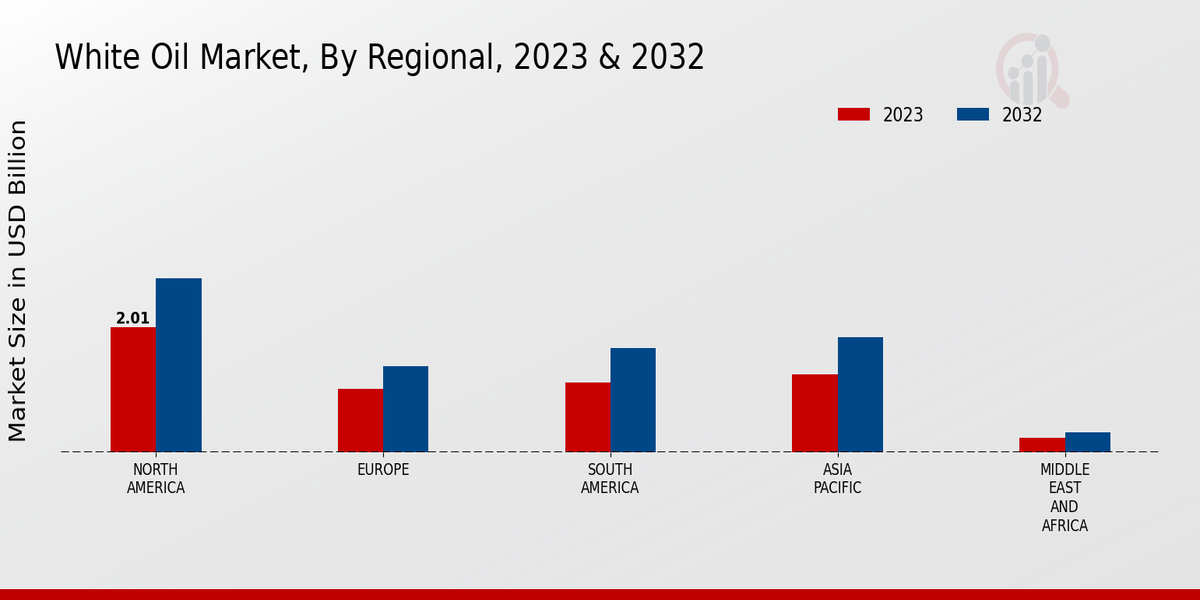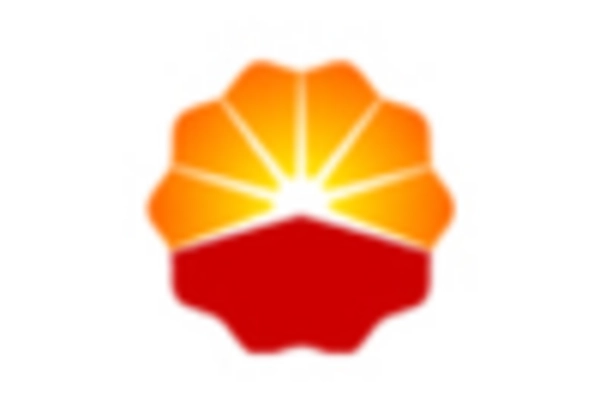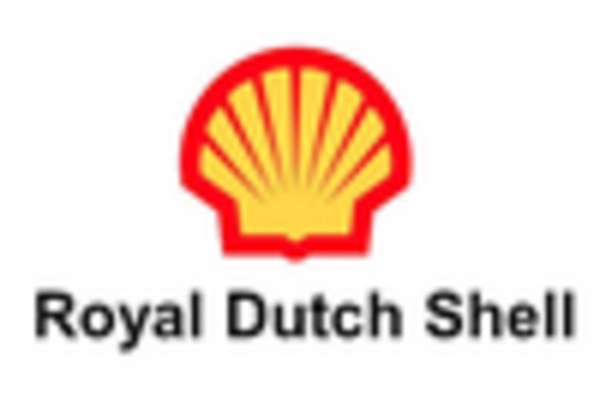Regulatory Support and Standards
The White Oil Market is significantly shaped by regulatory support and the establishment of stringent quality standards. Governments and regulatory bodies are increasingly focusing on ensuring the safety and quality of industrial products, including white oil. Compliance with these regulations not only enhances consumer trust but also drives manufacturers to adopt best practices in production. Recent data indicates that adherence to quality standards is becoming a key differentiator in the market, influencing purchasing decisions across various sectors. As regulatory frameworks continue to evolve, the White Oil Market is likely to benefit from increased demand for compliant and high-quality products, fostering growth and innovation.
Growth in Pharmaceutical Applications
The White Oil Market is significantly influenced by its applications in the pharmaceutical sector. White oil is utilized as a lubricant and base in various medicinal formulations, enhancing the efficacy and stability of products. The increasing prevalence of chronic diseases and the subsequent rise in pharmaceutical production contribute to the growing demand for white oil. Recent market analysis indicates that the pharmaceutical segment is expected to witness a compound annual growth rate of around 4% over the next few years. This growth is driven by the need for high-quality excipients and the ongoing development of innovative drug delivery systems, thereby reinforcing the importance of white oil in the pharmaceutical landscape.
Expansion of Food Industry Applications
The White Oil Market benefits from the expanding applications within the food sector. White oil is employed as a food-grade lubricant and processing aid, ensuring the smooth operation of machinery in food production. As the food industry continues to evolve, with an increasing focus on efficiency and safety, the demand for food-grade white oil is likely to rise. Market data suggests that the food industry accounts for a growing share of white oil consumption, with an anticipated growth rate of approximately 3% per year. This trend underscores the critical role of white oil in maintaining food safety standards and operational efficiency, thereby enhancing its significance within the White Oil Market.
Rising Demand in Personal Care Products
The White Oil Market experiences a notable surge in demand due to its extensive use in personal care products. White oil, known for its purity and non-toxicity, serves as a key ingredient in lotions, creams, and cosmetics. As consumers increasingly prioritize safety and quality in their personal care routines, manufacturers are compelled to source high-quality white oil. Market data indicates that the personal care segment accounts for a substantial portion of the overall white oil consumption, with projections suggesting a growth rate of approximately 5% annually. This trend reflects a broader shift towards natural and safe ingredients, positioning the White Oil Market favorably in the evolving landscape of personal care.
Technological Innovations in Production
The White Oil Market is poised for transformation through technological innovations in production processes. Advances in refining techniques and extraction methods are enhancing the quality and yield of white oil, making it more accessible to various industries. These innovations not only improve the efficiency of production but also reduce environmental impact, aligning with sustainability goals. Industry expert's indicate that companies investing in state-of-the-art technology are likely to gain a competitive edge, as they can offer superior products at lower costs. This technological evolution is expected to drive growth in the White Oil Market, as manufacturers seek to meet the increasing demand for high-quality white oil.


















Leave a Comment